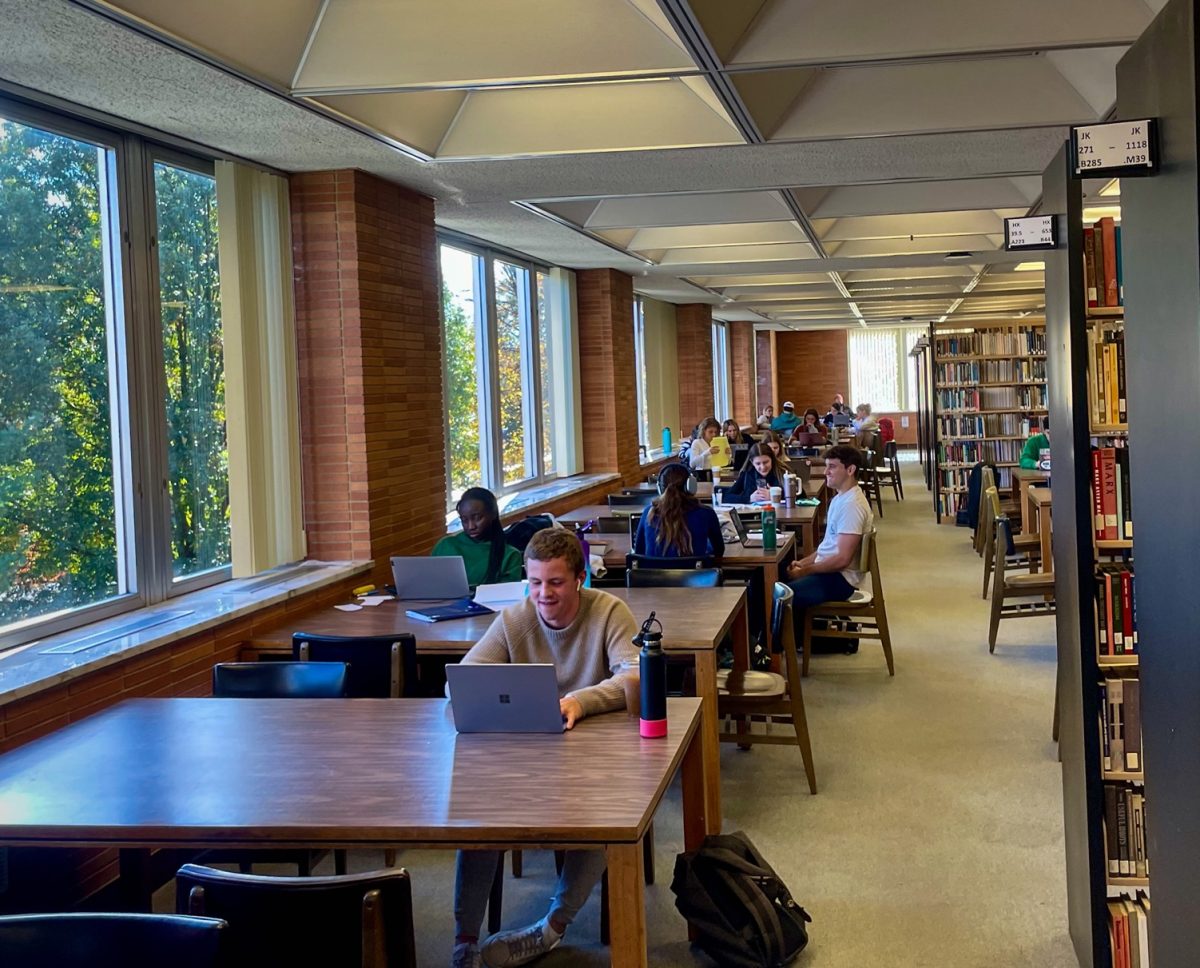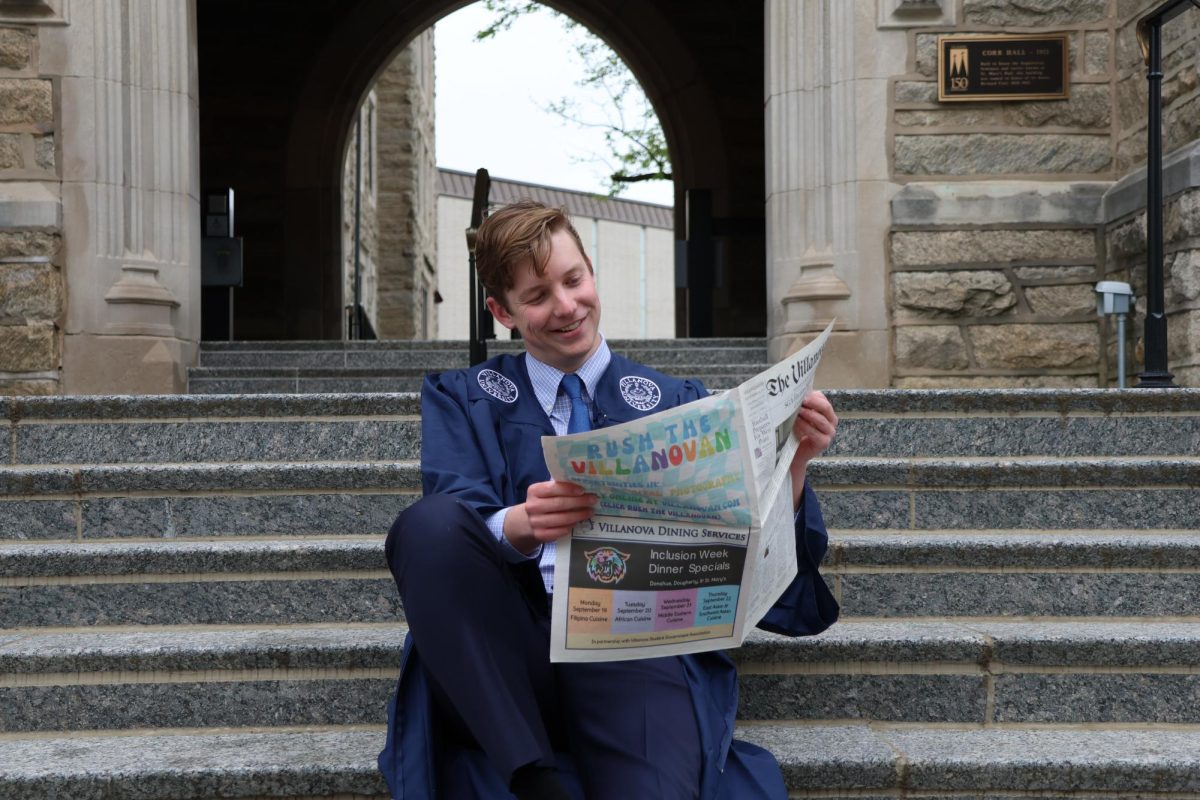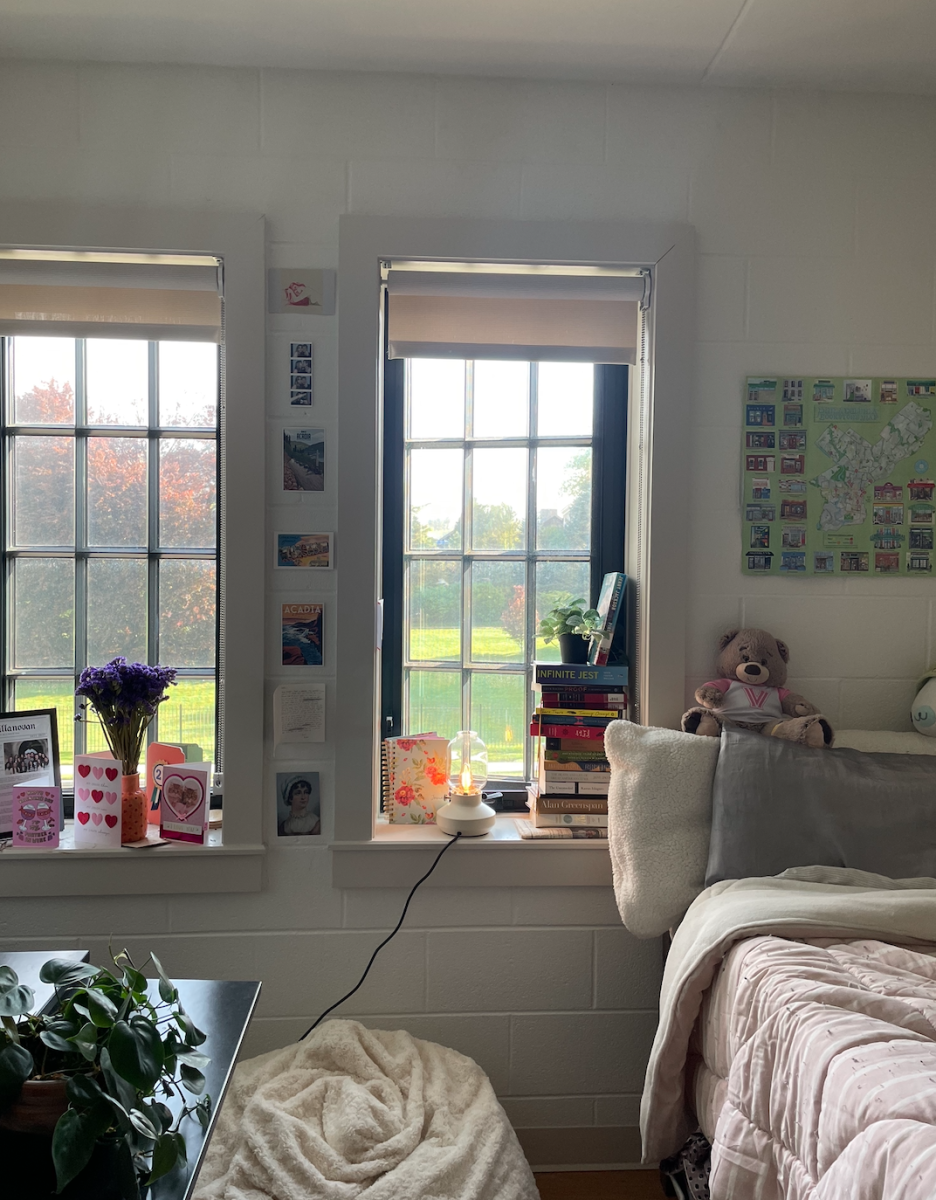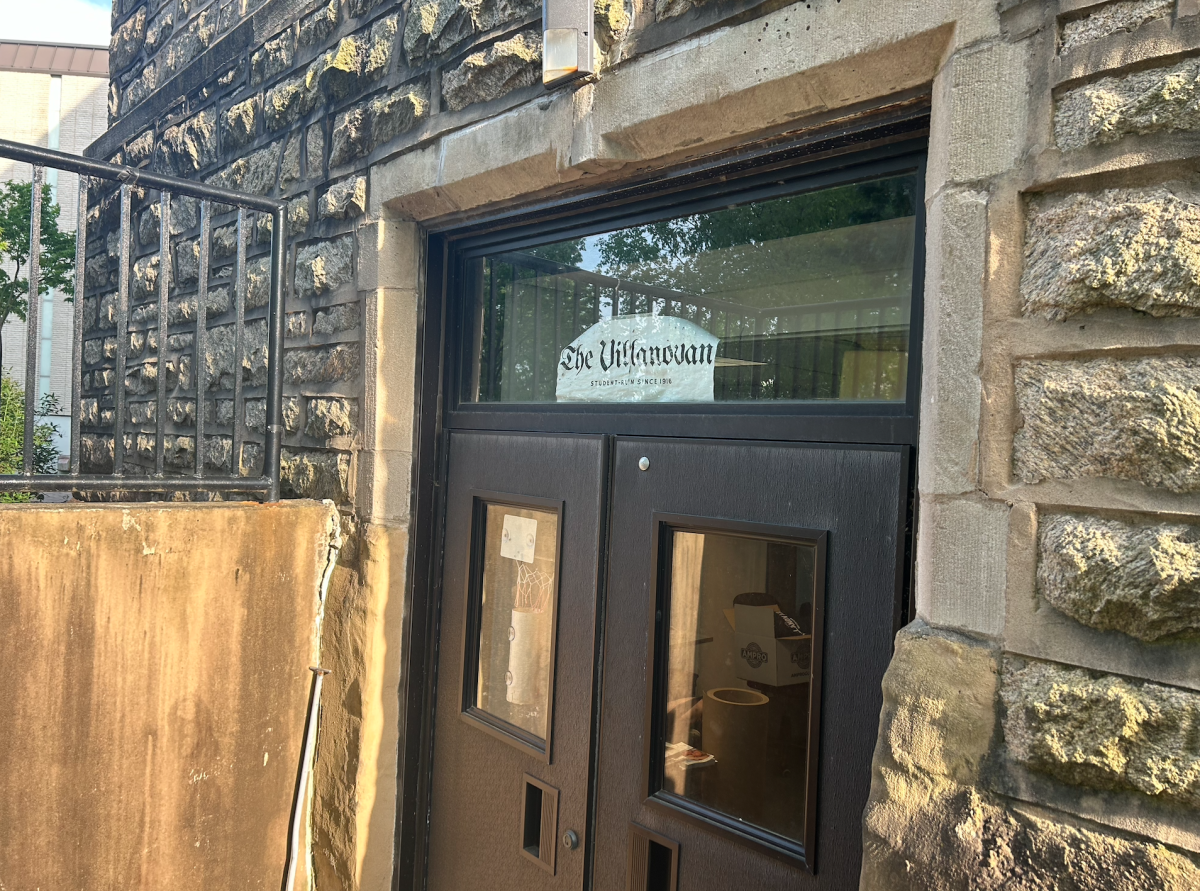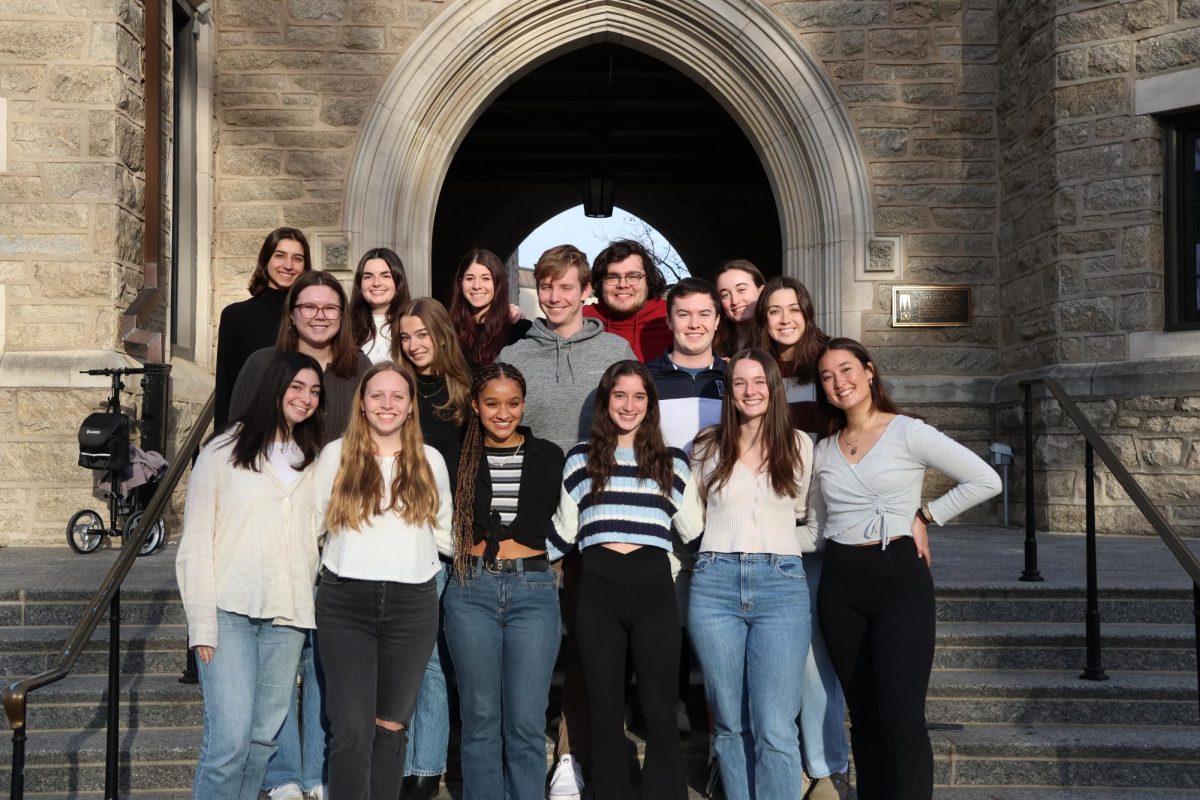Many colleges are becoming increasingly selective in admissions and are reporting higher average GPAs and SAT scores with each year’s admitted freshmen class. At the same time, however, a large number of colleges, including Villanova, are actually seeing a decline in general academic performance.
University professors have noticed a decline in several essential skills with each incoming class. This includes weaker writing skills, having a more difficult time focusing, struggling to engage with longer forms of reading material, not taking notes during lectures in class and constantly looking at phones or computers during class.
This new trend is not specific to one discipline and is being seen by professors across all disciplines in universities across the country.
In April of last year, the Chronicle of Higher Education reported on the experiences of more than 100 professors who had all noticed some level of student detachment and disinterest.
Though this group of professors was small, it contained a diverse group reflecting a wide range of higher education institutions, representing community colleges, large state universities, small private colleges and some of the most prestigious and selective universities from around the country.
Common challenges reported to the Chronicle of Higher Education included low-class attendance, low-class participation, skipped homework assignments or readings and difficulty remembering essential knowledge on exams.
The issues displayed by college students, especially newer ones, go deeper than just burnout or laziness. They are the consequence of low standards placed on students when online learning was being used during the pandemic to maintain safety. Many school districts loosened previous attendance policies, eased the grading scale and assigned far less homework or tests.
Many professors who responded to the Chronicle of Higher Education say they believe that students who were in high school for online learning, came into college expecting the same relaxed workloads, flexible deadlines and lower expectations of participation.
The methods of teaching and learning being used also changed during this time, as reflected on by freshman Jess Hartley.
“My transition from online to in-person education in 2021 made me realize my preference for hands-on learning,” Hartley said. “By being in classrooms, I felt more comfortable understanding material- especially in science classes where we could implement lab experiments.”
While this course of action was understandably taken to avoid overwhelming students in an already highly uncertain time, it ultimately only hurt students in the long run, many of which have lost essential aspects of their educational experience and are now facing the consequences.
In 2022, the National Assessment of Educational Progress released a study that found student performance to be significantly lower than it had been before the pandemic, with the greatest decline being among those who stayed at home for remote learning.
This decline also exacerbated inequality between students, as students from middle or upper-class backgrounds lost less learning progress than students from impoverished backgrounds. Schools with African-American or Latino majority populations also tended to recover this loss at a lower rate, according to a test administered nationally by Curriculum Associates.
At universities, including Villanova, the impact of virtual learning on students’ preparedness for college is highly apparent. Even before COVID, professors have felt that the standard of education had been consistently dropping, but now, the all-time low standards set during the pandemic still have not been raised. Professors are forced to lower their standards to what the students have become accustomed to.
Surprisingly, one aspect that some college students are struggling with is actually using technology, challenging assumptions that the younger generation is most familiar with using technology for education.
The pandemic was a time of unpredictability and stress among students and teachers alike. The adjustments made to the educational experience of students were made in an attempt to help students cope with the difficult period.
But now that those times have ended, schools and universities across the nation need to reckon with the consequences of these changes and forge a new path forward, one that both values helping students get ahead and takes into account their needs.


